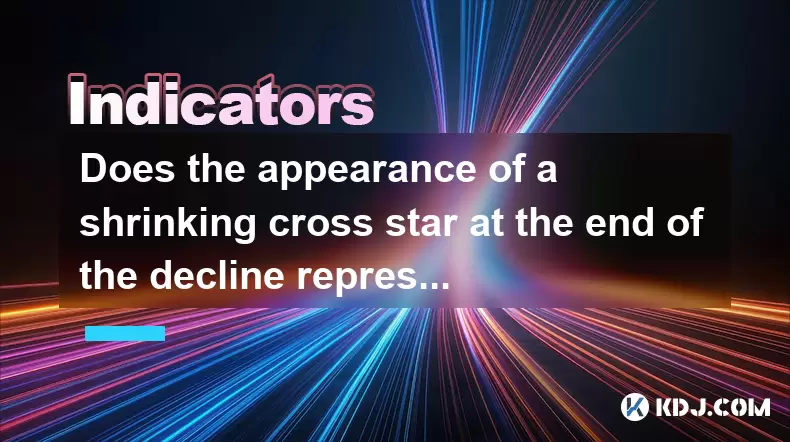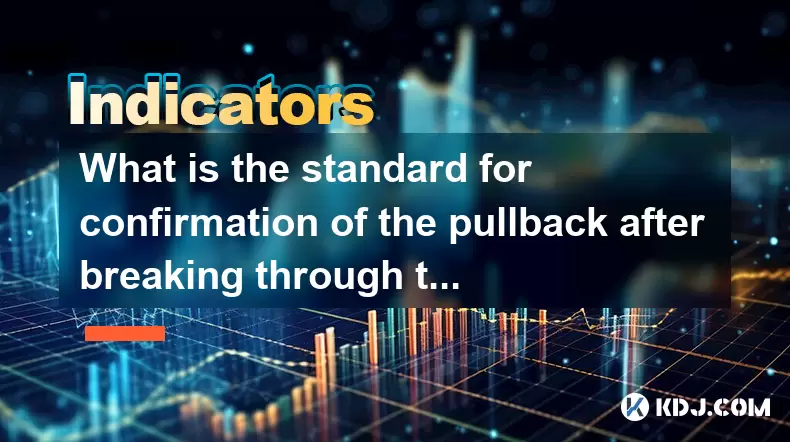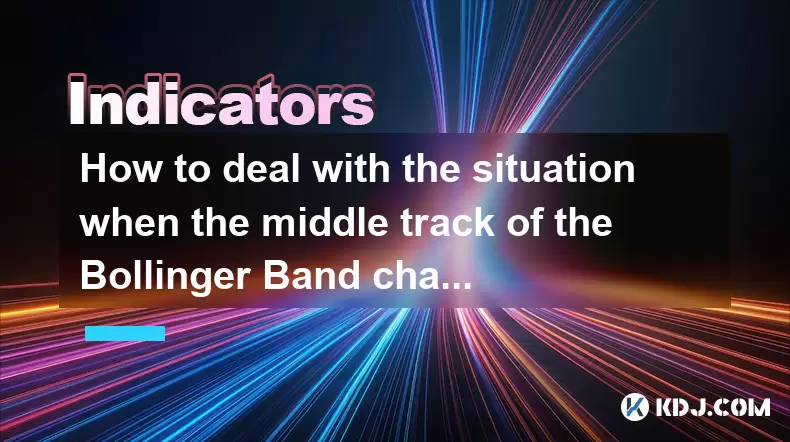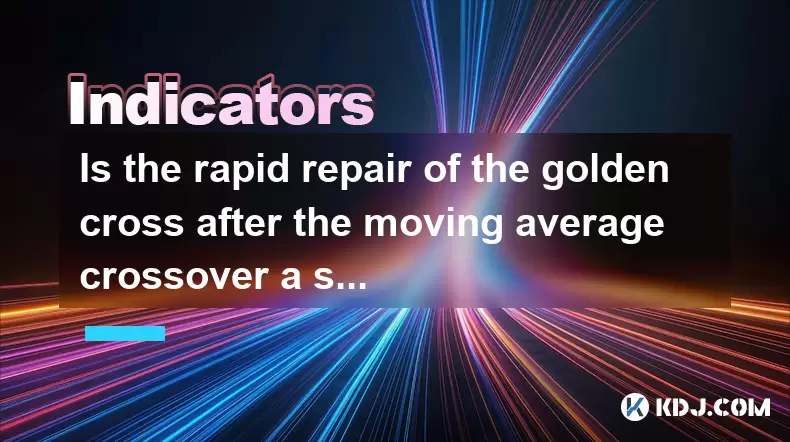-
 Bitcoin
Bitcoin $101,898.5005
-0.75% -
 Ethereum
Ethereum $2,258.1125
-1.07% -
 Tether USDt
Tether USDt $1.0004
0.01% -
 XRP
XRP $2.0178
-2.93% -
 BNB
BNB $624.0243
-1.53% -
 Solana
Solana $134.3298
-0.90% -
 USDC
USDC $0.9999
0.01% -
 TRON
TRON $0.2675
-2.05% -
 Dogecoin
Dogecoin $0.1538
-1.96% -
 Cardano
Cardano $0.5482
-1.11% -
 Hyperliquid
Hyperliquid $35.5636
5.45% -
 Bitcoin Cash
Bitcoin Cash $453.4902
-1.66% -
 Sui
Sui $2.5134
-2.97% -
 UNUS SED LEO
UNUS SED LEO $9.1292
1.77% -
 Chainlink
Chainlink $11.8457
-1.60% -
 Stellar
Stellar $0.2312
-2.73% -
 Avalanche
Avalanche $16.9721
0.29% -
 Toncoin
Toncoin $2.7549
-3.82% -
 Shiba Inu
Shiba Inu $0.0...01081
-1.10% -
 Litecoin
Litecoin $80.8250
-0.71% -
 Hedera
Hedera $0.1374
0.21% -
 Monero
Monero $305.4827
-2.36% -
 Ethena USDe
Ethena USDe $1.0006
0.00% -
 Dai
Dai $1.0000
-0.01% -
 Polkadot
Polkadot $3.2085
-3.12% -
 Bitget Token
Bitget Token $4.0845
-3.13% -
 Uniswap
Uniswap $6.3353
-1.63% -
 Pi
Pi $0.5085
-0.70% -
 Pepe
Pepe $0.0...08913
-3.82% -
 Aave
Aave $232.7090
-0.58%
What are the common situations in which KDJ fails? How to avoid wrong signals?
The KDJ indicator can fail in sideways markets, strong trends, high volatility, and false breakouts; use additional indicators and adjust parameters to avoid wrong signals.
May 23, 2025 at 02:56 pm

The KDJ indicator, also known as the Stochastic Oscillator, is a widely used technical analysis tool in the cryptocurrency trading world. It helps traders identify potential overbought or oversold conditions in the market, signaling possible entry or exit points. However, like any other technical indicator, the KDJ is not infallible and can occasionally generate false signals. Understanding the common situations where the KDJ fails and learning how to avoid these wrong signals is crucial for traders looking to enhance their trading strategies.
Common Situations Where KDJ Fails
The KDJ indicator can sometimes fail to provide accurate signals due to several factors inherent to the cryptocurrency market's volatility and the nature of the indicator itself. Here are some common situations where the KDJ might not perform as expected:
1. Sideways Market Conditions
In a sideways or ranging market, where the price of a cryptocurrency moves within a narrow range without a clear trend, the KDJ can produce numerous false signals. The indicator oscillates between overbought and oversold levels, leading to frequent buy and sell signals that can mislead traders into making premature trades.
2. Strong Trending Markets
Conversely, in strong trending markets, the KDJ may remain in overbought or oversold conditions for extended periods. This can cause traders to exit positions too early in a bullish trend or enter too late in a bearish trend, missing out on potential profits.
3. High Volatility
Cryptocurrencies are known for their high volatility, which can cause the KDJ to generate false signals. Sudden price spikes or drops can push the indicator into overbought or oversold territories, triggering signals that do not align with the broader market trend.
4. False Breakouts
False breakouts are another situation where the KDJ can fail. The indicator might signal a breakout, prompting traders to enter or exit positions, only for the price to reverse shortly after, invalidating the signal.
5. Over-reliance on a Single Indicator
Relying solely on the KDJ indicator without considering other technical analysis tools or market indicators can lead to misinterpretation of market conditions. The KDJ should be used in conjunction with other indicators to validate its signals.
How to Avoid Wrong Signals from KDJ
To mitigate the risk of acting on false signals from the KDJ indicator, traders can employ several strategies and techniques to improve the reliability of their trading decisions.
1. Use Additional Confirmation Indicators
One effective way to avoid wrong signals is to use additional confirmation indicators. Combining the KDJ with other technical indicators such as the Moving Average Convergence Divergence (MACD), Relative Strength Index (RSI), or Bollinger Bands can help validate the KDJ signals. For instance, if the KDJ indicates an overbought condition and the RSI also shows overbought levels, the signal is more likely to be accurate.
- Select a complementary indicator such as MACD or RSI.
- Analyze the signals from both the KDJ and the chosen indicator.
- Enter or exit trades only when both indicators confirm the same signal.
2. Adjust the KDJ Parameters
Traders can adjust the KDJ parameters to suit the specific market conditions and the cryptocurrency they are trading. The standard settings for the KDJ are often 9, 3, and 3 for the periods of %K, %D, and the smoothing factor, respectively. However, these can be tweaked to reduce the number of false signals.
- Experiment with different settings such as 14, 3, 3 or 21, 5, 5 to see which provides the most reliable signals for your trading strategy.
- Monitor the performance of the adjusted KDJ over a period to ensure it aligns better with the market conditions.
3. Use Longer Time Frames
Trading on longer time frames can help filter out short-term noise and reduce the likelihood of false signals. The KDJ signals on daily or weekly charts are generally more reliable than those on shorter time frames like 15-minute or hourly charts.
- Switch to a higher time frame such as daily or weekly charts when using the KDJ.
- Compare the signals on different time frames to gain a more comprehensive view of the market trend.
4. Implement a Trend Filter
Using a trend filter can help traders avoid acting on KDJ signals that go against the prevailing market trend. A simple moving average (SMA) or an exponential moving average (EMA) can serve as effective trend filters.
- Identify the trend using a moving average such as the 50-day SMA or the 200-day EMA.
- Only act on KDJ signals that align with the direction of the moving average.
5. Practice Patience and Discipline
Patience and discipline are key to avoiding wrong signals from the KDJ. Traders should not rush into trades based on a single KDJ signal but wait for additional confirmation and consider the overall market context.
- Set clear entry and exit rules based on your trading strategy.
- Stick to your plan and avoid impulsive decisions driven by short-term KDJ fluctuations.
Frequently Asked Questions
1. Can the KDJ indicator be used for all cryptocurrencies?
Yes, the KDJ indicator can be used for all cryptocurrencies. However, the effectiveness of the indicator can vary depending on the specific cryptocurrency's volatility and market conditions. Traders should always test the KDJ on historical data for the cryptocurrency they are interested in trading to understand its performance better.
2. How often should I adjust the KDJ parameters?
The frequency of adjusting KDJ parameters depends on the trader's strategy and the market conditions. It is generally recommended to test different settings over a period and adjust them if the current settings are consistently producing false signals. Regular monitoring and adjustment can help optimize the indicator's performance.
3. Is it necessary to use the KDJ on multiple time frames?
Using the KDJ on multiple time frames is not strictly necessary but can be beneficial. Analyzing the KDJ signals on different time frames provides a more comprehensive view of the market and can help confirm trends and reduce the impact of false signals. Traders should consider using at least two time frames, such as a shorter one for entry points and a longer one for overall trend confirmation.
4. Can the KDJ be used effectively in a highly volatile market?
In a highly volatile market, the KDJ can still be used, but traders need to be cautious. The indicator may produce more false signals due to rapid price movements. To mitigate this, traders can use the KDJ in conjunction with other indicators and apply trend filters to ensure that the signals align with the broader market direction.
Disclaimer:info@kdj.com
The information provided is not trading advice. kdj.com does not assume any responsibility for any investments made based on the information provided in this article. Cryptocurrencies are highly volatile and it is highly recommended that you invest with caution after thorough research!
If you believe that the content used on this website infringes your copyright, please contact us immediately (info@kdj.com) and we will delete it promptly.
- Cryptocurrencies, Coingecko, and Trending Tokens: What's Hot Now?
- 2025-06-23 23:05:12
- Bitcoin, Meerkat, and Onchain Engagement: A New Era of Crypto
- 2025-06-23 23:25:12
- Cloud Mining, Bitcoin, and XRP: A 2025 Perspective
- 2025-06-23 23:25:12
- Neo Pepe Coin: Meme Crypto with Explosive Potential?
- 2025-06-23 23:45:12
- FUNToken: Decoding Past Trends and Getting Started in the Gaming Crypto Sphere
- 2025-06-23 22:25:12
- Eyenovia Goes Crypto: A HYPE Treasury and Potential Rebrand
- 2025-06-23 23:45:12
Related knowledge

Is it contradictory that the moving average system is arranged in a bullish pattern but the DMI shows a decline in trend strength?
Jun 23,2025 at 11:43pm
Understanding the Moving Average and DMI RelationshipIn cryptocurrency trading, technical analysis plays a crucial role in identifying potential trends and making informed decisions. Two of the most commonly used indicators are the Moving Average (MA) and the Directional Movement Index (DMI). While both tools aim to provide insight into market direction...

What is the significance of the gap formed by the gap opening not being filled within five days?
Jun 23,2025 at 09:42pm
Understanding Gaps in Cryptocurrency TradingIn the world of cryptocurrency trading, a gap refers to a situation where the price of an asset jumps from one level to another without any trading activity occurring between those two levels. This often happens over weekends or holidays when the market is closed, and significant news or events occur that impa...

Does the appearance of a shrinking cross star at the end of the decline represent a signal to stop the decline?
Jun 24,2025 at 12:14am
Understanding the Shrinking Cross Star PatternIn the world of cryptocurrency trading, candlestick patterns play a crucial role in technical analysis. One such pattern is the shrinking cross star, which often appears at the end of a downtrend. This pattern consists of a candle with a small body, typically appearing after a series of bearish candles, and ...

What is the standard for confirmation of the pullback after breaking through the neckline with large volume?
Jun 23,2025 at 11:28pm
Understanding the Neckline in Technical AnalysisIn technical analysis, the neckline is a critical support or resistance level that appears in chart patterns such as head and shoulders, double tops, and double bottoms. It typically connects two or more lows (in the case of a head and shoulders top) or highs (in the case of a head and shoulders bottom). W...

How to deal with the situation when the middle track of the Bollinger Band changes from support to resistance?
Jun 23,2025 at 11:22pm
Understanding the Bollinger Band Middle TrackThe Bollinger Band is a widely used technical indicator in cryptocurrency trading. It consists of three lines: the upper band, the lower band, and the middle track, which is typically a 20-period simple moving average (SMA). Traders often rely on the middle track as a dynamic support or resistance level. Howe...

Is the rapid repair of the golden cross after the moving average crossover a signal of inducing short selling?
Jun 24,2025 at 12:01am
Understanding Moving Averages and Their Role in Technical AnalysisIn the realm of technical analysis, moving averages (MAs) are among the most widely used tools by traders to identify trends and potential reversals. These indicators smooth out price data over a specific time period, offering a clearer view of market direction. The two most common types ...

Is it contradictory that the moving average system is arranged in a bullish pattern but the DMI shows a decline in trend strength?
Jun 23,2025 at 11:43pm
Understanding the Moving Average and DMI RelationshipIn cryptocurrency trading, technical analysis plays a crucial role in identifying potential trends and making informed decisions. Two of the most commonly used indicators are the Moving Average (MA) and the Directional Movement Index (DMI). While both tools aim to provide insight into market direction...

What is the significance of the gap formed by the gap opening not being filled within five days?
Jun 23,2025 at 09:42pm
Understanding Gaps in Cryptocurrency TradingIn the world of cryptocurrency trading, a gap refers to a situation where the price of an asset jumps from one level to another without any trading activity occurring between those two levels. This often happens over weekends or holidays when the market is closed, and significant news or events occur that impa...

Does the appearance of a shrinking cross star at the end of the decline represent a signal to stop the decline?
Jun 24,2025 at 12:14am
Understanding the Shrinking Cross Star PatternIn the world of cryptocurrency trading, candlestick patterns play a crucial role in technical analysis. One such pattern is the shrinking cross star, which often appears at the end of a downtrend. This pattern consists of a candle with a small body, typically appearing after a series of bearish candles, and ...

What is the standard for confirmation of the pullback after breaking through the neckline with large volume?
Jun 23,2025 at 11:28pm
Understanding the Neckline in Technical AnalysisIn technical analysis, the neckline is a critical support or resistance level that appears in chart patterns such as head and shoulders, double tops, and double bottoms. It typically connects two or more lows (in the case of a head and shoulders top) or highs (in the case of a head and shoulders bottom). W...

How to deal with the situation when the middle track of the Bollinger Band changes from support to resistance?
Jun 23,2025 at 11:22pm
Understanding the Bollinger Band Middle TrackThe Bollinger Band is a widely used technical indicator in cryptocurrency trading. It consists of three lines: the upper band, the lower band, and the middle track, which is typically a 20-period simple moving average (SMA). Traders often rely on the middle track as a dynamic support or resistance level. Howe...

Is the rapid repair of the golden cross after the moving average crossover a signal of inducing short selling?
Jun 24,2025 at 12:01am
Understanding Moving Averages and Their Role in Technical AnalysisIn the realm of technical analysis, moving averages (MAs) are among the most widely used tools by traders to identify trends and potential reversals. These indicators smooth out price data over a specific time period, offering a clearer view of market direction. The two most common types ...
See all articles
























































































